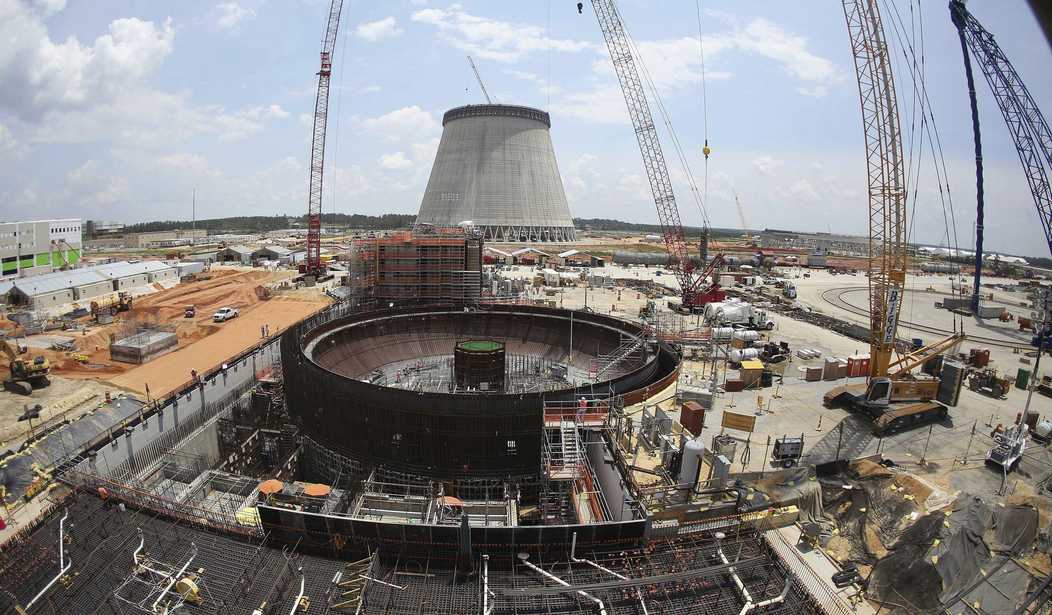In the field of nuclear power, we’ve been following the development of small modular reactors (SMRs) with great interest. The technology is fascinating and they can be set up far more quickly with a smaller footprint than conventional reactors. The first project of this kind in the United States has been moving along steadily, with plans to build a six-reactor plant in Utah at the Idaho National Laboratory. But this week, that plan was suddenly canceled. The developers at NuScale Power don’t seem to be abandoning the technology, but they haven’t provided many details about how this plan fell apart. The plant was supposed to come online in 2029, but now we appear to be back to the drawing board. (Associated Press)
A project to build a first-of-a-kind small modular nuclear reactor power plant was terminated Wednesday, another blow to the Biden administration’s clean energy agenda following cancellations last week of two major offshore wind projects.
Oregon-based NuScale Power has the only small modular nuclear reactor design certified for use in the United States. For its first project, the company was working with a group of Utah utilities to demonstrate a six-reactor plant at the Idaho National Laboratory, generating enough electricity to power more than 300,000 homes.
The project was to come online starting in 2029 and was supposed to replace electricity from coal plants that are closing. When combined with wind and solar, the advanced nuclear technology was intended to help municipalities and public power utilities in several western states eliminate planet-warming greenhouse gas emission from the power sector.
The AP is describing this cancellation as a “blow to the Biden administration’s clean energy agenda.” And I suppose that’s not an unfair description. Nuclear power is the largest proven energy technology we have that produces absolutely no carbon emissions, assuming you happen to care about such things. But what this really represents is a blow to the future security of our energy grid. We are currently unable to return to our former levels of fossil fuel production (thanks, Joe!) and both wind and solar farms are failing to pick up and carry the load.
According to NuScale, the plan wasn’t abandoned because the technology wasn’t workable. They just weren’t getting enough subscribers signing up to buy energy from them when the reactors came online. Some didn’t want to gamble on the new technology and nearly everyone was apparently put off by project developments that increased the cost of the plant’s output by more than 50% to $89 per megawatt hour.
Other utilities have expressed interest in launching SMR projects, but none have been officially announced. This is bad news because we are once again falling behind China in the race to the technological future. The Chinese only recently dropped a reactor core into their first SMR plant and they have more of them in the early stages already.
We still have environmentalists opposing nuclear power despite its lack of a carbon footprint. Perhaps that type of pressure is playing a role in the background. But we are rapidly running out of other options. Wind and solar aren’t getting the job done and they each have issues of their own. Fusion reactor technology is making advancements, but it still appears to be a long way from being commercially viable. We really need to get in gear and start bringing more nuclear power online quickly. SMRs appear to be our best hope in that regard, but it takes at least five years to bring a project of that type to fruition. The time to begin is now.








Join the conversation as a VIP Member